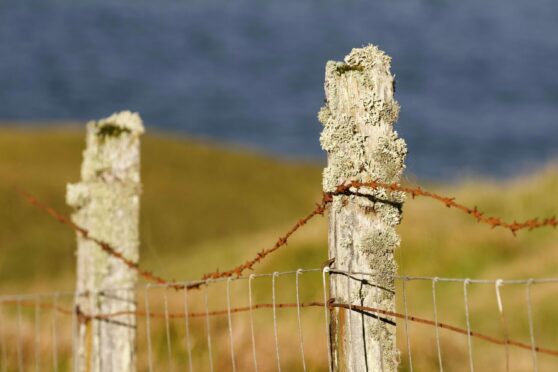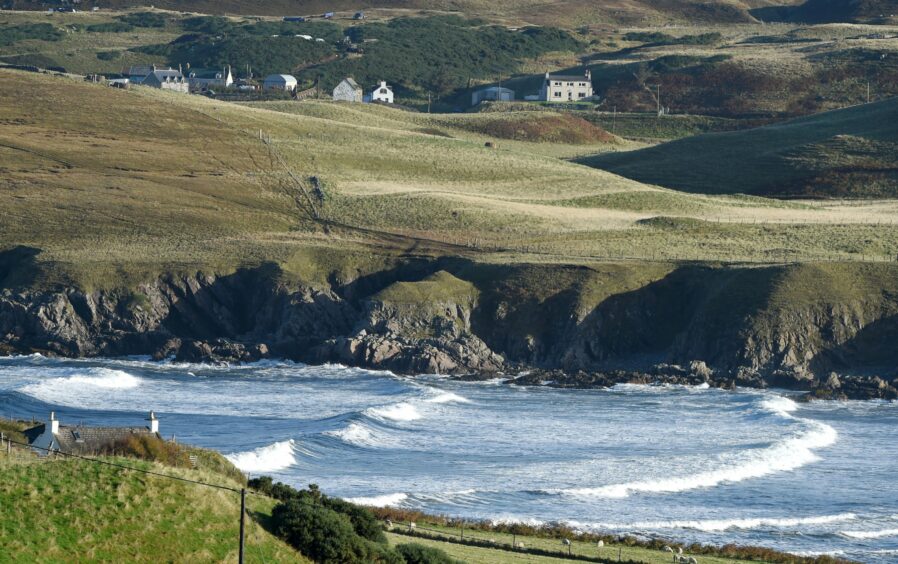A croft is often described as a parcel of land completely surrounded by legislation and red tape.
At times I wonder if the Crofting Commission has been tied up with so much red tape, they’ve been rendered unable to act upon all the powers they hold, because I’m saddened by what I’m witnessing around me.
Tenancies
I see croft tenancies coming down through family members that don’t want to come back to the crofts. That’s totally understandable; they’ve made new lives for their families and have careers away from the area. Their connection to the land means they don’t know what do to with the tenancies.
This is where I think the Crofting Commission should come in with a stronger campaign to reach out and give support. Highlight, in simple terms, the best options available in these situations.
An official sublet to another tenant would give everyone involved time to make a plan and fully consider the best options for their families and these fragile communities. Unfortunately, what you often hear are the fateful words “just use my croft”.
With no security, other than a word of mouth agreement, nothing much happens on this land other than a few grazing sheep or cattle. Fences fall into a state of disrepair. Fertile land often becomes sour and wet, with no liming or drains and a lack of investment.
Unfortunately, unofficial sublet tenants are left hanging, unable to access any of the Scottish Government crofting grants.
Lifeline
You’re never going to get rich quick crofting, so accessing £25,000 over two years for individual crofters or £125,000 for crofters acting as a group is a real lifeline.
They’re also losing out on the opportunity of accessing woodland and habitat creation schemes, or hedging grants, which are all vital in our fight against climate change and biodiversity loss.
Within our crofting communities I believe we have a good supply of new blood, covering a wide range of ages and experiences, wanting to get involved with a life on the land.
Our fragile communities are crying out for the skills and talents many would bring alongside crofting.
These complex issues need some serious joined-up thinking. I believe we have many of the answers already and we just need action to revitalise fragile and pressured communities.
Just like a strong healthy flock of ewes, crofting townships need a good regular age profile to function at their best. Unfortunately many parts of the Highlands and Islands are seen as the perfect place to retire, or have a second home and that lifestyle choice is upsetting the balance.
Estate agents
Estate agents dealing with croft tenancy transfers have been known to tell potential new crofters not to worry about doing anything with the land.
One new crofter recently said that he was told by their agent that the Crofting Commission were a group of old men who did nothing. I know this
isn’t correct but that perception isn’t helping ignite change.
Estate agents dealing with croft tenancy transfers have been known to tell potential new crofters not to worry about doing anything with the land.
As crofters, we have a list of obligations to meet which can be found on the Crofting Commission website. Also to be found there is a breach of duty form which can be filled out and legitimate concerns investigated, on bad practice or cases of unused crofts highlighted.
We desperately need more people like my postie who grows vegetables, sells handmade baskets with willow grown on her croft and provides holiday accommodation, alongside the more traditional crofters who have cattle, sheep, a fishing boat, or contract work.
People
We need the garage owners who croft in the evenings, or is a paramedic on the local ambulance, or the lady who runs a cleaning company, a cafe and runs a flock of ewes on the side.
What we don’t need is more crofts lying empty, unused and stuck in a state of limbo.
Joyce Campbell farms at Armadale on the north coast of Sutherland


